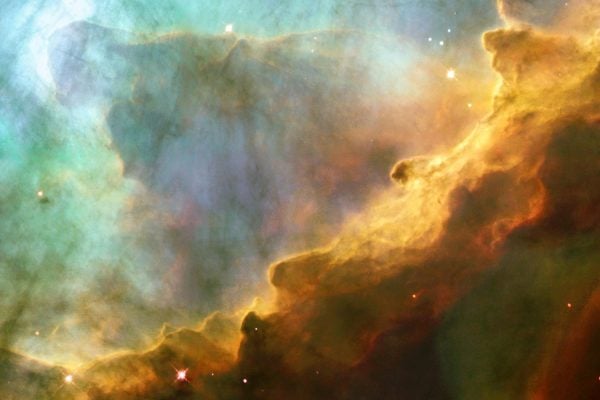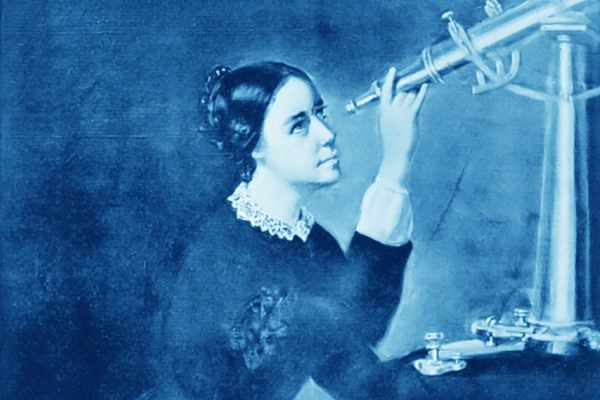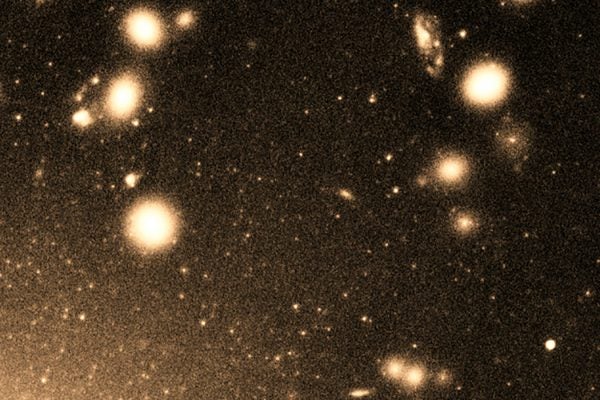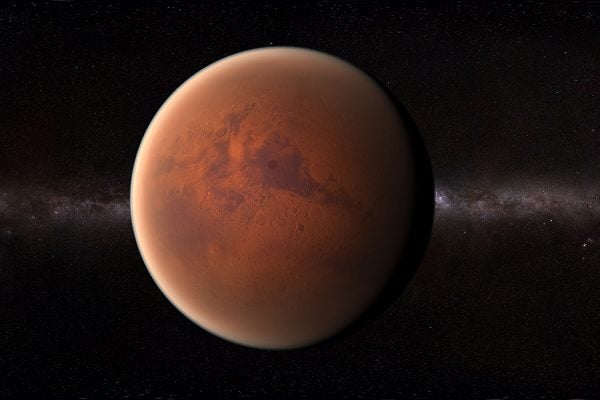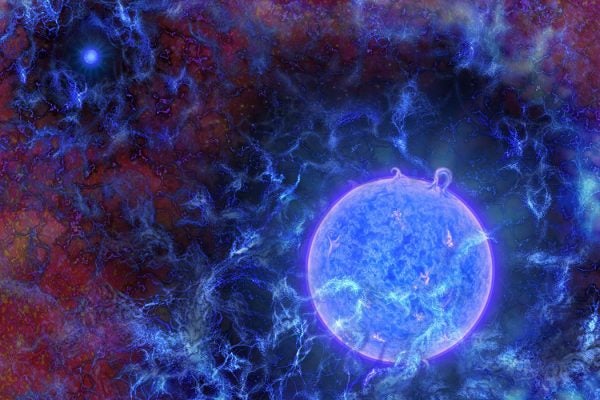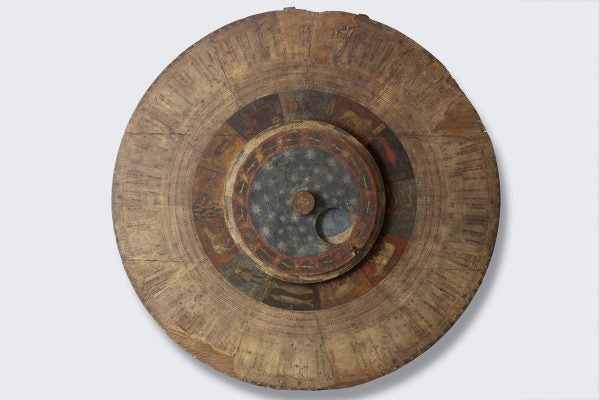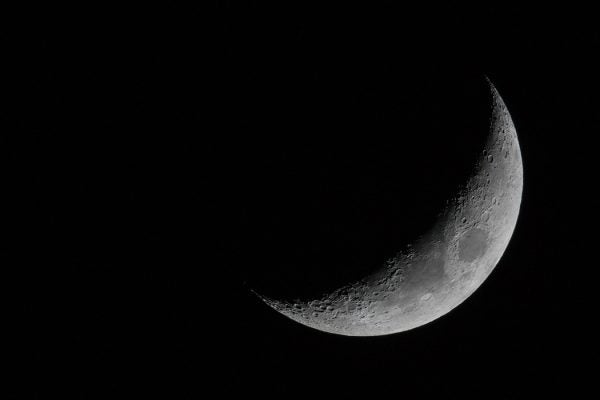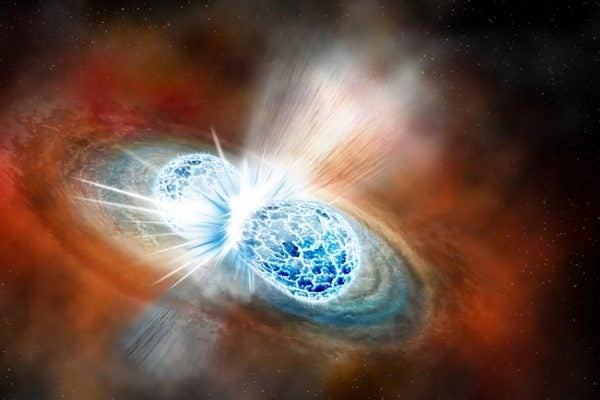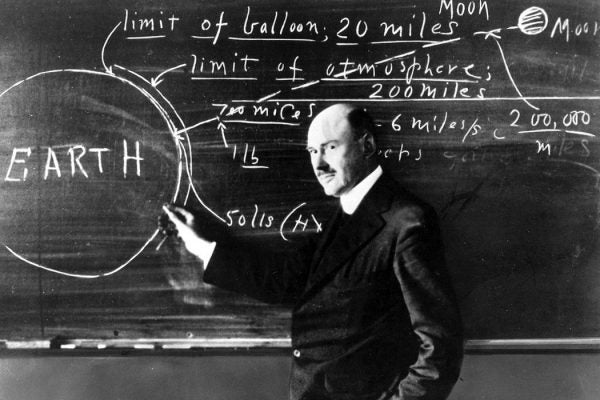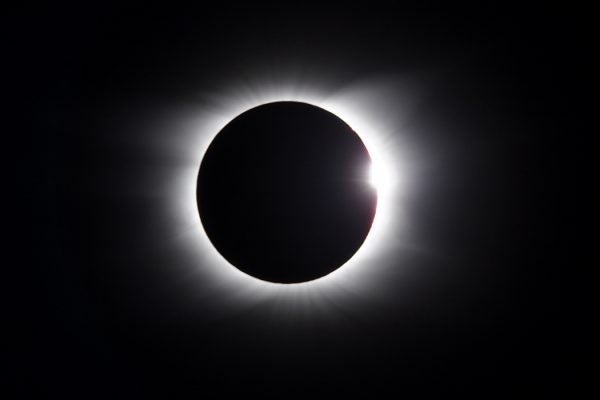The Bold Future of the Outer Space Treaty
With President Trump calling for a “Space Force” and private enterprise increasingly invested in space, what of the dream of international peace?
America’s First Woman Astronomer
Maria Mitchell became famous when she discovered a comet in 1847. She didn't stop there, fighting for education and equality for women in the sciences.
Dark Matter in the Universe
According to current scientific theories, dark matter and dark energy make up most of the universe. But we don't even know what they actually are.
Great Scientific Discoveries That Weren’t
Dinosaur DNA! Life on Mars! In the world of science, amazing discoveries don’t quite work out the way the discoverer hopes they will.
The Earliest Stars
Astronomers who noticed a slight blip in space's background radiation got an insight not just into the early stars but into the age and nature of the early universe.
The San Zeno Astrolabe Tracked Time by the Stars
The astrolabe was a revolutionary tool for calculating celestial positions and local time. The device's design dates back to Islamic antiquity.
What Awaits on the Dark Side of the Moon?
An unmanned Chinese probe will be exploring the moon's far side in 2018. The side that faces away from the earth differs significantly from the familiar face of the moon. So why are the two sides so different?
A Primer on Neutron Stars
In the far off constellation of Hydra; two neutron stars collided, producing vast clouds of gold and other heavy elements. What's a neutron star anyway?
Robert H. Goddard, the Forgotten Father of Rocketry
Robert H. Goddard is acknowledged by many as the "father" of rocketry, but it's a strange paternity since he had so little influence on his contemporaries.
An Eclipse is a Scientific Bonanza
On August 21, 2017, North America’s first total solar eclipse in a while will cross the center of the United States from East to West.
